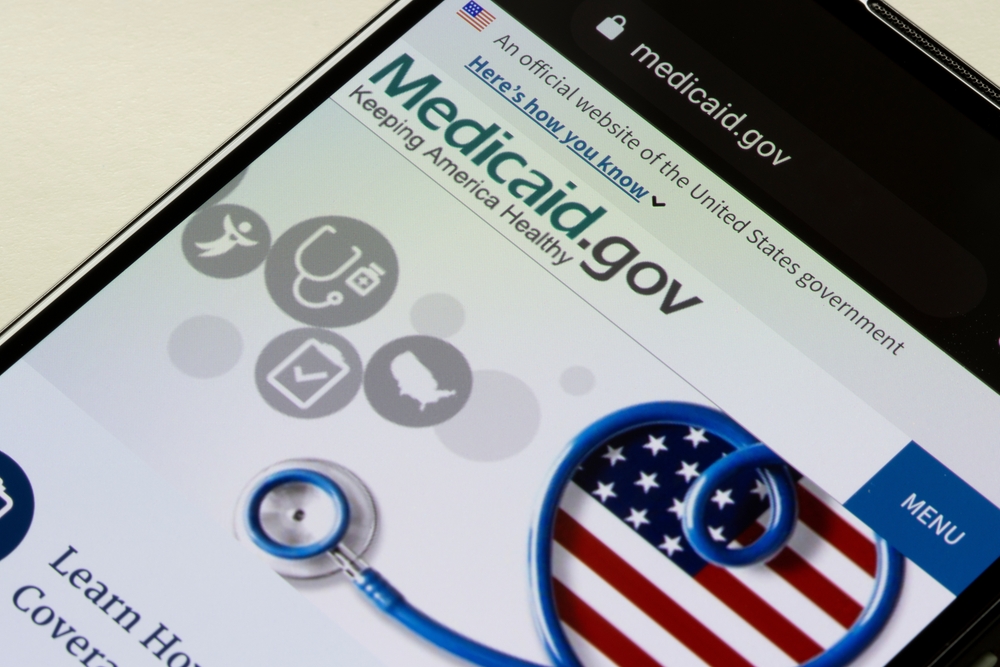Keeping track and making sense of government policies and presidential candidates’ promises can be daunting during any election year. This year is no exception.
Feds Simplify and Clarify Various Medicaid Rules for States
 Thanks to a new rule recently finalized by the federal government, obtaining and renewing health care coverage under the Medicaid program is set to become easier for millions of Americans.
Thanks to a new rule recently finalized by the federal government, obtaining and renewing health care coverage under the Medicaid program is set to become easier for millions of Americans.
What Is Medicaid?
Medicaid provides people living on limited income with access to health care services. Enrollees must meet strict financial guidelines to qualify. In most states, you must have $2,000 or less in assets to your name to be eligible for Medicaid.
As a joint federal-state program, Medicaid allows states to set their own eligibility criteria and service coverage guidelines, so programs – as well as the criteria to qualify for them – tend to vary across states.
Policy Changes
In April 2024, the Centers for Medicare and Medicaid Services (CMS) officially published the second part of its new two-part rule.
The new rule seeks to standardize some of the application and renewal processes that Medicaid enrollees will follow, regardless of the state in which they live. As part of an effort to make documentation policies more consistent across states, it also updates language about electronic recordkeeping for state agencies, which has not seen revisions since the late 1980s.
Several of the new changes are of specific interest to Medicaid enrollees aged 65 and older and those who are living with a disability.
Among its provisions are the following points related to Medicaid:
- Enrollees who are aged 65 and older or living with a disability will no longer have to appear in person for their renewal interviews.
- Medicaid recipients seeking to renew their coverage will have 30 days to return any necessary documentation to their state Medicaid agency.
- Medicaid recipients will not have to go through the renewal process more than once every 12 months (with certain exceptions).
- First-time Medicaid applicants will have at least 15 calendar days to provide any additional information requested to complete their application. The state will have, at most, 45 calendar days to determine an applicant’s eligibility.
- State Medicaid agencies must take steps to update contact information for an enrollee who may have moved before they pursue termination of that person’s coverage.
- The CMS is also extending the re-enrollment timeline for people who lost their Medicaid coverage during the unwinding period following the end of the COVID-19 public health emergency. The deadline to re-enroll is shifting from July 31, 2024, to November 30, 2024.
Other updates include streamlining the amount of information applicants need to submit and requiring state agencies to accept renewals via snail mail and phone as well as online or in person. These changes will begin to take effect in June 2024. Estimates suggest that the new rule will result in boosting Medicaid enrollment by 1.33 million people by the year 2028.
“Our North Star is ensuring that everyone who is eligible for coverage can enroll and keep that coverage,” CMS Administrator Chiquita Brooks-LaSure said in a news release. “Our work must start and end by breaking down barriers that prevent eligible people from connecting to coverage.”
For more information about this historic rule, access the fact sheet from CMS.
Connect With an Elder Law Attorney
Understanding the ins and outs of Medicaid can be overwhelming. For guidance on applying or qualifying for Medicaid in your state, be sure to work with your elder law attorney.
